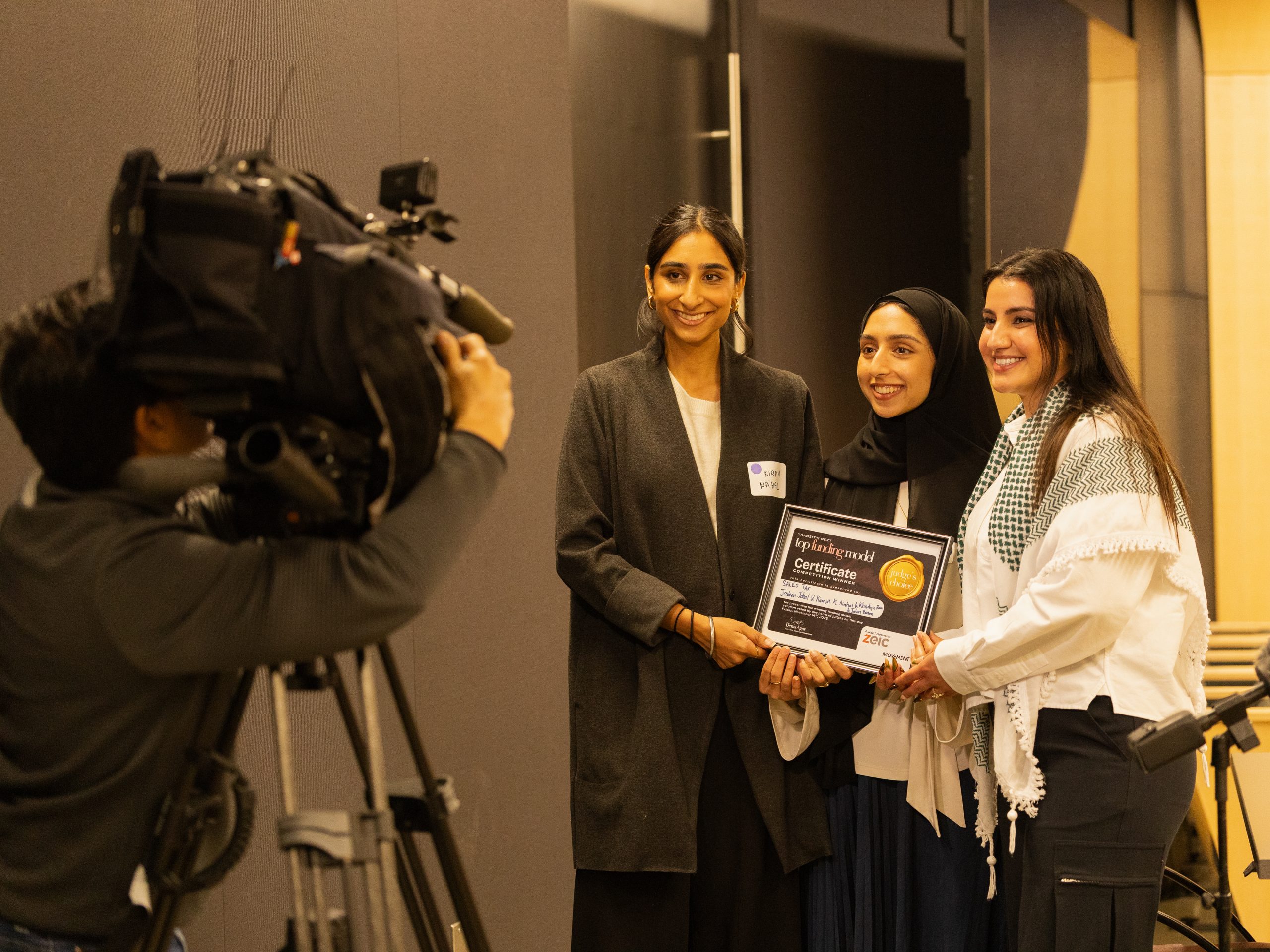Rebuilding American Security: Project Report
Paul Evans, Liu Faculty, UBC
July 3, 2007
This publication is available for download.
To download a copy of this publication, please visit: http://liu.arts.ubc.ca/wp-content/uploads/2016/03/RebuildingAmericanSecurity.pdf
Purpose and Design
The project was conceived in the summer of 2004 a few months after the invasion of Iraq and at a time when international concern about the basic direction of US foreign and security policy was rising dramatically in most parts of the world. Public opinion polls in virtually all countries in Asia (India and the Philippines being the two exceptions) were showing a decisive turn against America’s approach that seemed to emphasize unilateralism, arrogance, and exceptionalism. We observed that the Asian reactions to the Bush administration’s basic strategic directions were more muted in the host of transPacific security dialogue fora than they were in private discussions with the same individuals. And we detected what we later labeled the “dual gap” that was separating, first, US and Asian approaches to a range of security issues and, second, governments in Asia that were pragmatically adjusting to shifts in US policy from their publics and intellectual communities that were increasingly critical. The aim was to create a process that would allow for a freer exchange of views among Americans and Asians knowledgeable about America. The discussion was intended to focus on US security policies in a post-9/11 setting and to be based upon a strong factual base comprised of detailed analysis of public opinion surveys, formal governmental relations, and the factors influencing US policy-making. At a planning meeting in California in the fall of 2004 we decided to focus the project more sharply by concentrating on the “dual gap” in the context of two countries, South Korea and Indonesia. These two countries were selected in part because of their regional importance; in part because they were crucial to the management of, respectively, American-led efforts at countering proliferation and terrorism; and in part because both were undergoing democratic transitions. The emergence of new and strong voices on policy matters, volatility in public attitudes and voting patterns, and re-configured processes for policy formulation all contributed to making views of the United States and US foreign policy more complicated, more pluralistic, and less easy to manage. In short, democratization in Asia presents new challenges for the people of the region as well as the United States. The common bond of democratic institutions and values may not augur well for the easy management of bilateral relations or the management of public attitudes and participation. In the words of one participant, the current US administration may be better at promoting the idea of democracy than managing relations with newly-founded democracies.


